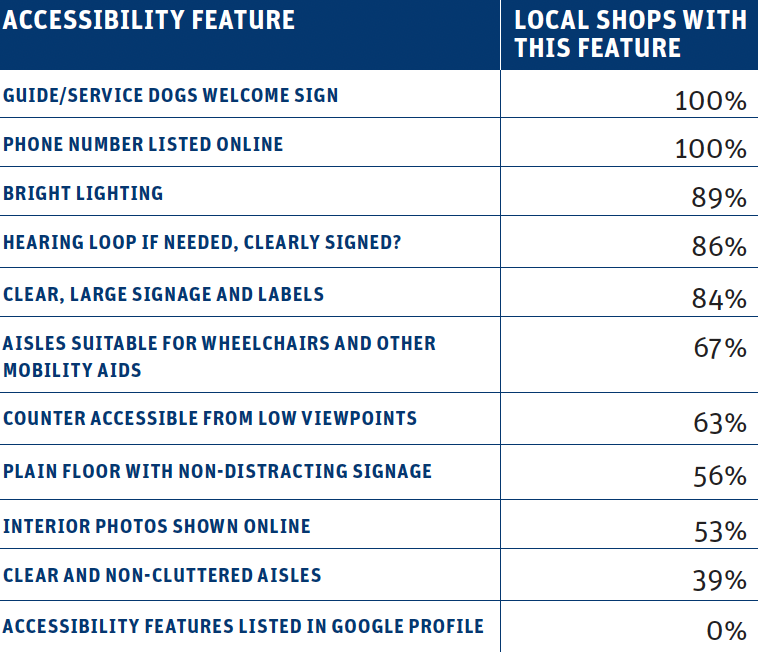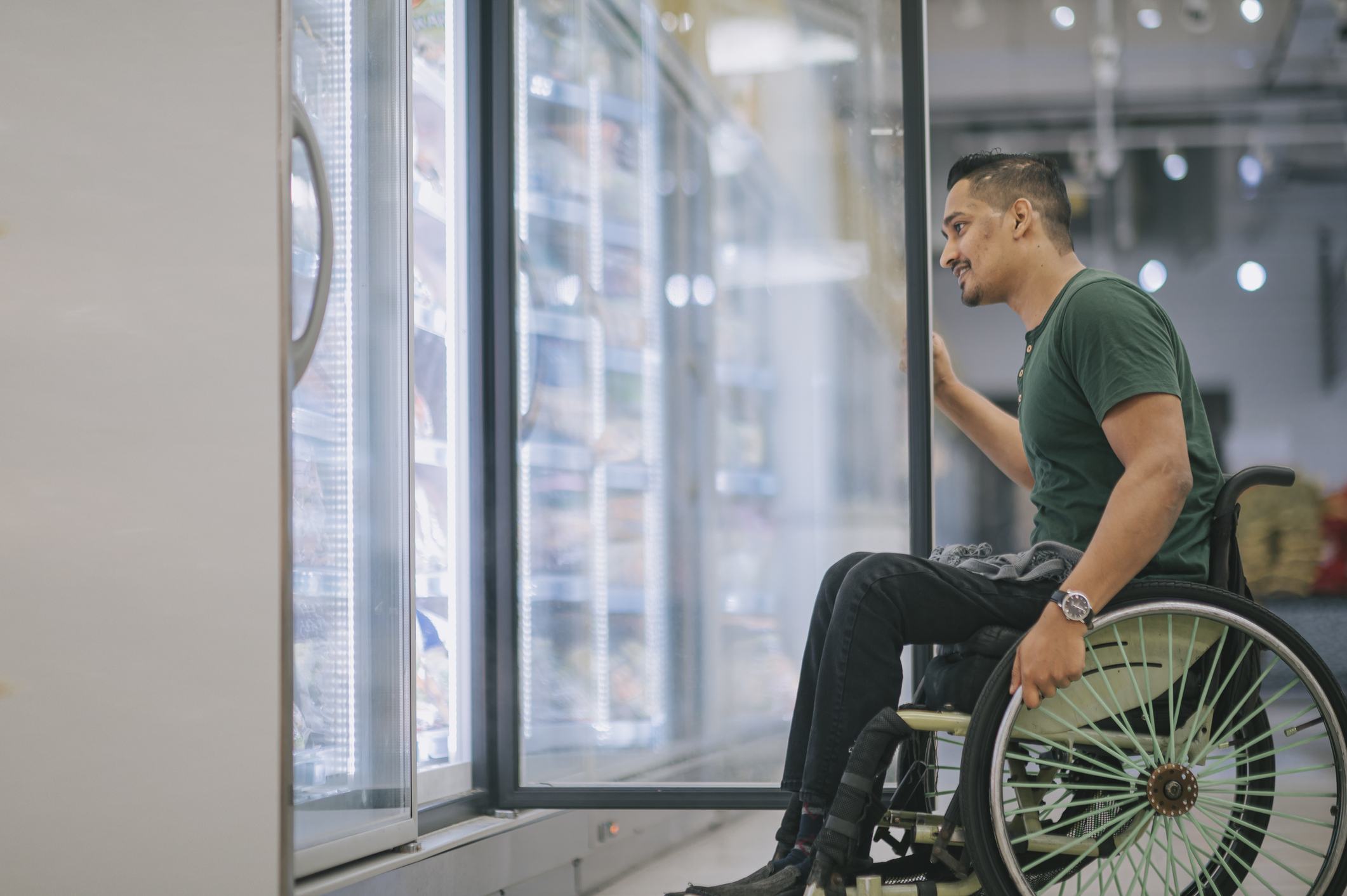Local shops scored highly on their accessibility for customers with disabilities, but simple changes could help attract more shoppers, analysis by Better Retailing suggests.
Using benchmarking data collected by Newtrade Media learning & development initiatives over several years, more than 50 stores were assessed on their accessibility measures, based on guidance from the ACS, charity AccessAble, and the Equality and Human Rights Commission.
More than half of these stores were meeting most of the accessibility targets measured. This included 100% of stores displaying signs stating guide dogs were allowed inside, and all stores also listing a phone number online, allowing shoppers with additional needs to ask questions before they visit.

More than 80% of stores had large signage in clearly contrasting colours and a readable font as well as bright lighting making the store easy for visually impaired customers to navigate. Around 80% of stores had step-free access or clearly signed the availability of a ramp upon request.
Read more about the Independent Achievers Academy
Most stores with post offices had a hearing loop clearly signed, as did a handful of non-post office stores. While a hearing loop is mandatory for any store that has a speaker system to communicate with customers, government guidance indicates that small businesses do not need one, provided that staff are on hand to communicate with hearing-impaired guests through other means.
Despite the successes in store, shop owners often fall at the last hurdle – highlighting the availability of their accessibility features online.
Other common challenges included counters that were inaccessible for shorter people or wheelchairs, multicolour floors that can be hazardous for those with illnesses like Alzheimer’s, and free-standing displays blocking aisles that would otherwise be wheelchair or guide-dog accessible.
Caroline Abrahams, charity director at Age UK, pointed out that many of these primarily affect the core audience of many local shops – older people.
She told Better Retailing: “As people get older, shopping can be challenging – narrow aisles and shelves that are too high or low can make it all feel like an obstacle course. We know that many older people value their local shop and the staff who work there, so we would ask them to continue making their shops as accessible as they can.”
Read more about convenience retail services



Comments
This article doesn't have any comments yet, be the first!